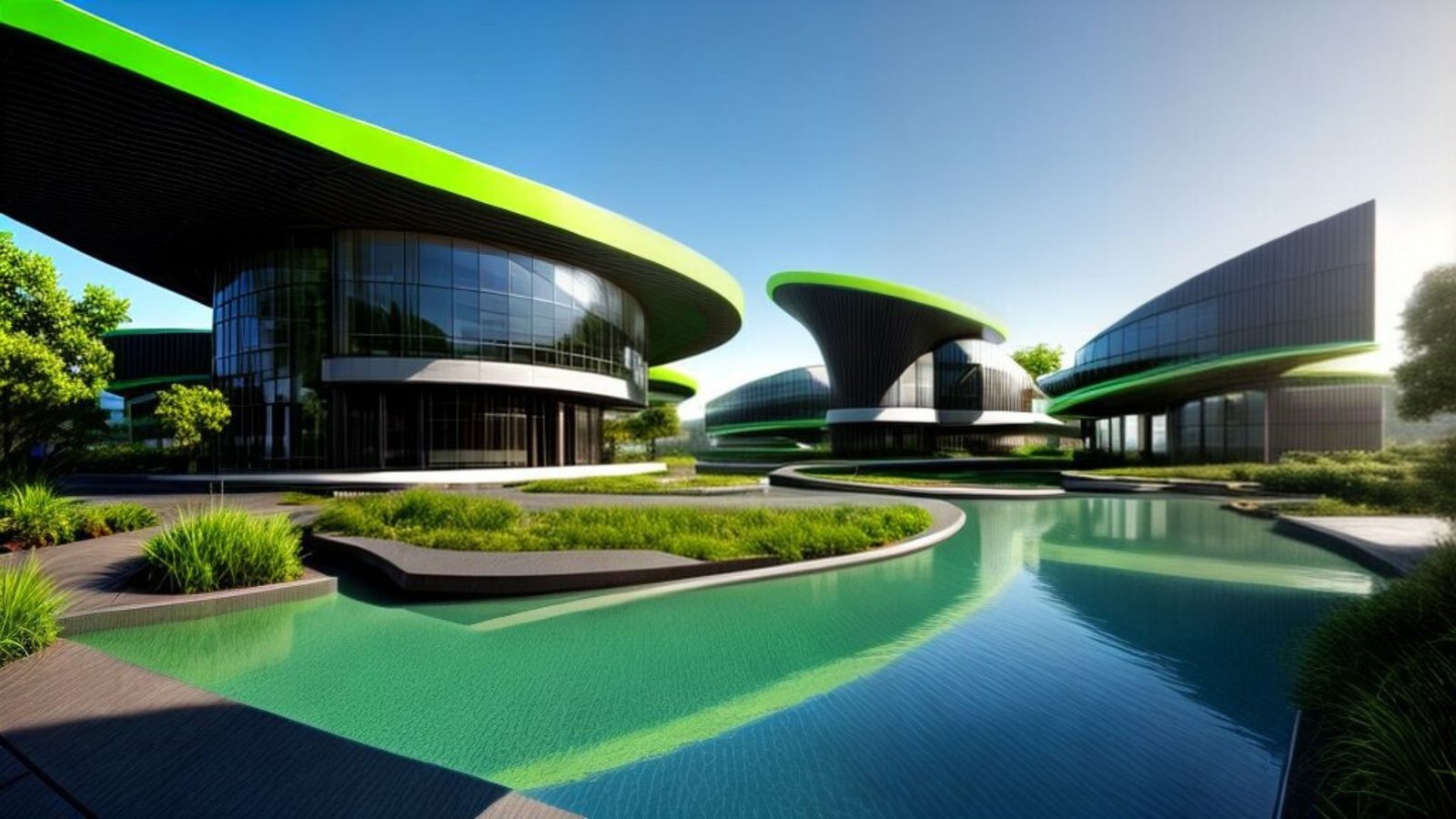Strategies for Designing for Climate Resilience in Architecture
Ever wondered how architects can design buildings that withstand the challenges posed by climate change? Designing for climate resilience in architecture involves creating buildings and infrastructure that can adapt and thrive in the face of changing weather patterns and environmental conditions. By incorporating smart strategies and resilient practices, architects can contribute to building a more sustainable and resilient future. Let’s explore practical strategies for designing for climate resilience in architecture.
Designing for Climate Resilience in Architecture
Passive Design: Harnessing Natural Elements
Passive design utilizes natural elements like sunlight, wind, and shade to regulate indoor temperatures and reduce energy consumption. Architects orient buildings to maximize solar gain in winter and minimize heat gain in summer through strategic placement of windows, shading devices, and thermal mass. By optimizing natural ventilation and daylighting, passive design enhances indoor comfort and reduces reliance on mechanical heating and cooling systems, making buildings more resilient to fluctuating climate conditions.

Sustainable Materials: Choosing Durability and Longevity
Sustainable materials are crucial for building durable structures that can withstand climate-related hazards. Architects select materials that are resistant to moisture, temperature fluctuations, and physical wear. Examples include concrete with high durability, weather-resistant cladding materials, and corrosion-resistant metals. Using recycled and locally sourced materials reduces environmental impact and supports sustainable building practices. Sustainable materials ensure that buildings remain functional and safe in the face of extreme weather events and environmental stresses.
Green Infrastructure: Enhancing Environmental Performance
Green infrastructure integrates natural systems such as green roofs, rain gardens, and permeable pavements to manage stormwater runoff and improve water quality. Architects design buildings with green roofs that absorb rainwater, reduce urban heat island effects, and provide habitat for wildlife. Rain gardens and permeable pavements allow rainwater to infiltrate into the ground, replenishing groundwater supplies and minimizing flood risks during heavy rainfall events. Integrating green infrastructure enhances environmental resilience and promotes sustainable urban development.
Energy Efficiency: Minimizing Carbon Footprint
Energy-efficient design strategies reduce buildings’ carbon footprint and enhance climate resilience. Architects integrate high-performance building envelopes, efficient HVAC systems, and LED lighting to optimize energy use and reduce greenhouse gas emissions. Designing buildings with passive solar heating and natural cooling strategies further improves energy efficiency and resilience to power disruptions. Energy-efficient buildings not only lower operational costs but also contribute to mitigating climate change impacts by reducing energy demand and reliance on fossil fuels.
Adaptive Reuse: Preserving Resources and Heritage
Adaptive reuse promotes sustainability and resilience by repurposing existing buildings and materials rather than constructing new ones. Architects redesign and retrofit buildings to meet modern standards while preserving their architectural character and cultural significance. Adaptive reuse reduces construction waste, conserves resources, and minimizes environmental impact compared to new construction. By adapting existing structures, architects contribute to sustainable urban development and climate resilience by preserving community identity and historical context.
Water Conservation: Efficient Use and Management
Water conservation measures enhance climate resilience by reducing water demand and managing water resources efficiently. Architects incorporate water-efficient fixtures, rainwater harvesting systems, and greywater recycling technologies into building designs. These measures minimize potable water consumption, alleviate strain on municipal water supplies, and enhance building resilience during droughts and water shortages. Designing landscapes with native plants and drought-tolerant vegetation further reduces irrigation needs and promotes sustainable water use practices.
Disaster Preparedness: Building for Safety and Security
Designing for disaster preparedness involves implementing measures to enhance building safety and occupant well-being during extreme weather events and natural disasters. Architects integrate features such as reinforced structures, storm-resistant windows, and emergency backup systems to ensure building resilience and continuity of operations. Designing safe evacuation routes and emergency shelters within buildings enhances community resilience and reduces vulnerability to disaster risks. By prioritizing safety and security, architects contribute to creating resilient communities that can withstand and recover from adverse events.
Community Engagement: Fostering Resilient Communities
Community engagement plays a crucial role in building climate resilience by fostering collaboration, awareness, and preparedness among residents and stakeholders. Architects involve local communities in the planning and design process to ensure that buildings and infrastructure meet their needs and priorities. Engaging with community members promotes knowledge-sharing, social cohesion, and collective action to address climate challenges. By empowering communities to participate in resilience-building efforts, architects contribute to creating sustainable and resilient neighbourhoods that thrive in the face of climate change.
Conclusion
Designing for climate resilience in architecture requires integrating passive design, sustainable materials, green infrastructure, energy efficiency, adaptive reuse, water conservation, disaster preparedness, and community engagement. By incorporating these strategies into architectural practice, architects can contribute to building a more sustainable and resilient built environment.



